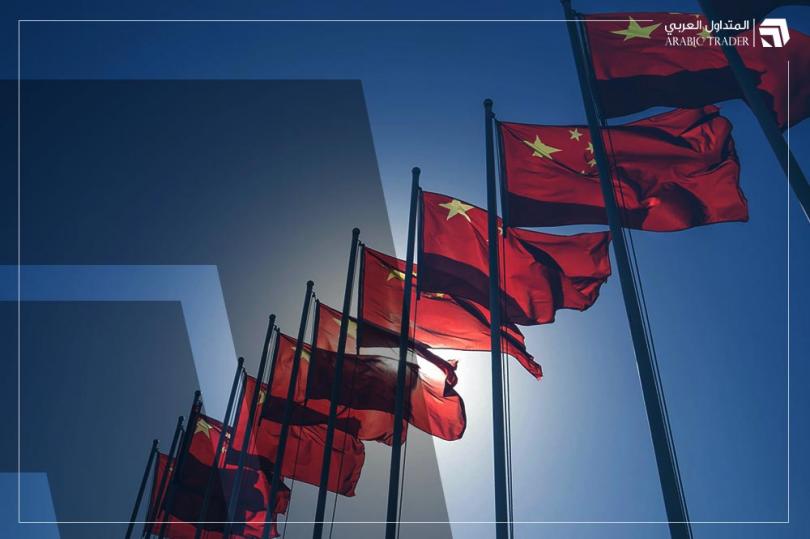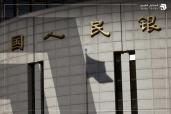China: The Caixin Services Purchasing Managers' Index exceeds expectations, recording the highest reading in 7 months.

Data released by S&P Global on Monday morning showed that the Caixin Services Purchasing Managers' Index (PMI) in China grew more than expected, recording a figure of 52.2 points in December, the highest reading since May. This reading surpassed expectations of the index growing to only 51.4 points, after the Caixin Services PMI had recorded a growth rate of 51.5 points at the end of November.
Additionally, the report highlighted the following points:
- Service activity was driven by stronger domestic demand and promotional efforts.
- New business inflows grew at the fastest pace in five months.
- Export activity decreased for the first time since August 2023.
- Employment fell amid concerns over costs and resignations.
- Backlogs of work increased, and cost pressures intensified due to rising input costs and wages.
- Selling prices rose for the first time in six months.
- Despite positive sentiment supported by government policies, business confidence dropped to near its lowest level since March 2020, amid concerns about competition and weak international trade.
- The sector shows steady growth but faces challenges from global trade and rising costs.
- The composite PMI recorded expansion for the thirteenth consecutive month at 51.4 points, with the services sector outperforming the manufacturing sector, although the December reading was lower than the previous November reading of 52.3 points.
- Service activity accelerated, but weak manufacturing output led to a slowdown in overall growth to its lowest level since September.
- Growth in new orders slowed due to the ongoing decline in exports.
- Employment decreased in both sectors for the first time since June, reflecting a decline in private sector optimism.
- Selling prices fell for the first time in three months, supported by declining commodity prices and a slowdown in cost inflation.
- While the economy continues to grow, momentum has slowed, weighed down by the weakness in the manufacturing sector, declining exports, and cautious business sentiment.
It is worth noting that the official PMI survey covers large and state-owned enterprises, while the Caixin PMI survey covers small and medium-sized enterprises. As a result, the Caixin PMI is considered a more reliable indicator of the private sector performance in China.
There is also another difference between the two surveys in terms of methodology, as the Caixin PMI survey uses a broader sample of companies in China compared to the official survey.
It is important to mention that a reading above the 50-point level indicates that the Caixin PMI is showing growth, indicating that the service sector is expanding, while a reading below this level indicates contraction.









.png)